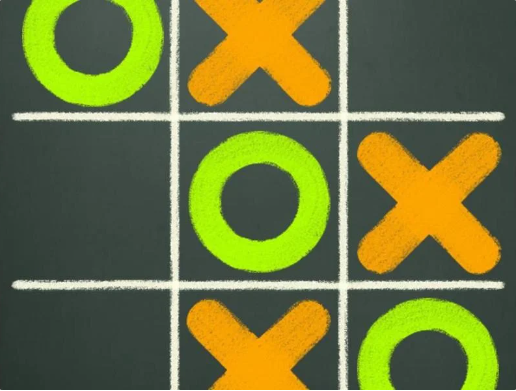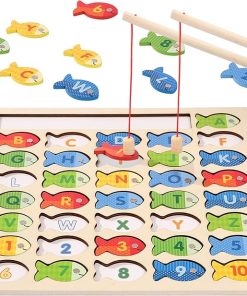What is Tic-tac-toe game
Tic-Tac-Toe, also known as the “Jǐngzì Yóuxì” (Well-Pattern Game) or “Quānquān Chāchā” (Circles and Crosses) in Mainland China and Taiwan, and “Jǐngzì Guò Sānguān” (Well-Pattern Three-in-a-Row) or simply “Guò Sānguān” (Three-in-a-Row) in Hong Kong, China, is a connect-the-dots game played on a 3×3 grid. The name derives from the fact that the grid lines form a well-like pattern since the game board is typically drawn without a border.

Gameplay
To play Tic-Tac-Toe, all you need is a piece of paper and a pen. Two players, representing O and X respectively, take turns marking their symbols in the 3×3 grid. Generally, the first player uses X. The first player to form a line of three of their symbols horizontally, vertically, or diagonally wins the game. If both players play optimally, the game will end in a draw.
Game Overview
Most people who have played this game realize that it will inevitably end in a draw if both players make the best possible moves. Therefore, Tic-Tac-Toe is most commonly used as a children’s game (similar to Gomoku).
Although the game seems simple, its overall process is far more complex.
Theoretically, Tic-Tac-Toe can have 19,683 possible states and 362,880 possible sequences of moves (if winning conditions are not taken into account).
When the game ends due to a win, there are only 255,168 possible sequences of moves. Assuming that X always goes first:
- In 131,184 of these sequences, X wins.
- In 46,080 sequences, the game ends in a draw.
- In 77,904 sequences, O wins.
When the sequences of X and O are disregarded and all symmetrical cases are eliminated, there are only 138 possible outcomes. Among these, X wins in 91 cases, O wins in 44 cases, and there are only 3 unique situations that result in a draw.
(In my opinion, Tic-Tac-Toe is more akin to a process where the advantageously positioned X trains the disadvantaged O to find the three ways to achieve a draw. This indeed has a positive effect on cultivating children’s logical thinking abilities.)
However, since it is a game, there must be strategies involved. If you follow the following priority order when playing, you will achieve the best possible performance:
- Win: If you have two of your symbols in a row, complete the line of three.
- Block: If the opponent has two symbols in a row, prevent them from forming a line of three.
- Fork: Create an opportunity where you can win through two different paths.
- Block the opponent’s fork:
- Method 1: Create a two-in-a-row situation to force the opponent to block, provided that the opponent’s block does not lead to their victory.
- Method 2: Occupy the points that the opponent can use to create a fork.
- Center: Occupy the center square.
- Opposite corner: If the opponent occupies a corner, occupy the opposite corner.
- Empty corner: Occupy an empty corner square.
- Empty side: Occupy an empty side square.
The X player (the first to move) has three possible opening moves: placing an X on the side, in a corner, or in the center. Generally, placing an X in any of these positions gives a chance to win or at least force a draw. However, choosing a corner as the opening move leaves the O player with the fewest options (meaning O is most likely to make a mistake in this case).
For the O player, they must choose the center square in response to an opening move in a corner. If X opens in the center, O should choose a corner. When X opens on the side, O must choose the center, a corner adjacent to X, or the side opposite to X; otherwise, O will lose.
For example, in the following hypothetical diagram (not shown here but described in the original text), the responses in positions 2, 4, 5, 8, 9, 11, and 12 in the last row are all incorrect.
Once the correct opening responses are made, following the above priority order will lead to a draw. Therefore, generally, O can only win if X plays poorly.

 Wooden Magnetic Fishing Montessori Fine Motor Skills Toy with Letters and Numbers
Wooden Magnetic Fishing Montessori Fine Motor Skills Toy with Letters and Numbers
Electric Dancing Octopus Baby Octopus Tummy Time Toy Rechargeable Magic Dancing Music
Montessori Toys Wooden Learning Puzzles Shape Sorter Toy for Toddlers 1-3
Toddler Girl Boy Inflatable Bouncing Animal Hopper exercise Birthday Gift Toy
206 Pcs Party Favors for Kids Stocking Stuffers Treasure Box Birthday Party Goodie Bag Stuffers Carnival Prizes